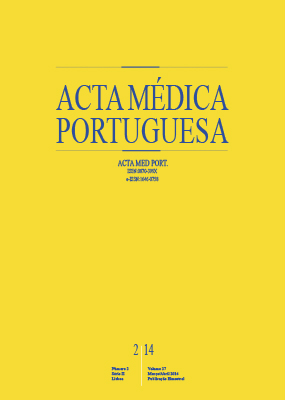Comparing the Performance of the SF-6D and the EQ-5D in Different Patient Groups
DOI:
https://doi.org/10.20344/amp.4057Abstract
Introduction: This research aims to explore the performance of the SF-6D and the EQ-5D in patients suffering from asthma, chronic obstructive pulmonary disease, cataracts, and rheumatoid arthritis. In particular, the aim of this research is twofold: 1) to study the level of agreement between the indexes and the descriptive systems of the dimensions of the SF-6D and the EQ-5D, and 2) to analyze the discriminative ability of the instruments.
Material and Methods: A sample of 643 patients completed both the SF-36v2 and the EQ-5D. The discriminative ability of the instruments was analyzed. Furthermore, the level of agreement between the indexes and the descriptive systems of the dimensions of the SF-6D and the EQ-5D were studied. The level of agreement between instruments was investigated using correlation coefficients and the Bland-Altman plots, while the influence of medical condition and other socio-demographic variables was analyzed using nonparametric tests. Paired-samples tests were used to identify differences between the scores.
Results and Discussion: The results show a strong correlation and agreement between both indexes. Overall, questionnaire indexes differ by medical condition and socio-demographic groups and both instruments are able to discriminate between socio-demographic groups.
Conclusion: This study confirmed the hypothesis that the SF-6D generates higher utility values in less healthy individuals. The SF-6D and the EQ-5D seem to perform differently in each of the diseases studied since the descriptive statistics differ between instruments and the level of correlation is not uniform. Results show that the instruments generate different utility values, but there is a strong agreement between both indexes. Thus, the two instruments are not interchangeable and their results cannot be directly comparable.
Downloads
Downloads
Published
How to Cite
Issue
Section
License
All the articles published in the AMP are open access and comply with the requirements of funding agencies or academic institutions. The AMP is governed by the terms of the Creative Commons ‘Attribution – Non-Commercial Use - (CC-BY-NC)’ license, regarding the use by third parties.
It is the author’s responsibility to obtain approval for the reproduction of figures, tables, etc. from other publications.
Upon acceptance of an article for publication, the authors will be asked to complete the ICMJE “Copyright Liability and Copyright Sharing Statement “(http://www.actamedicaportuguesa.com/info/AMP-NormasPublicacao.pdf) and the “Declaration of Potential Conflicts of Interest” (http:// www.icmje.org/conflicts-of-interest). An e-mail will be sent to the corresponding author to acknowledge receipt of the manuscript.
After publication, the authors are authorised to make their articles available in repositories of their institutions of origin, as long as they always mention where they were published and according to the Creative Commons license.









